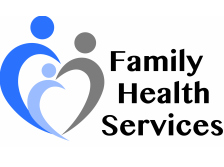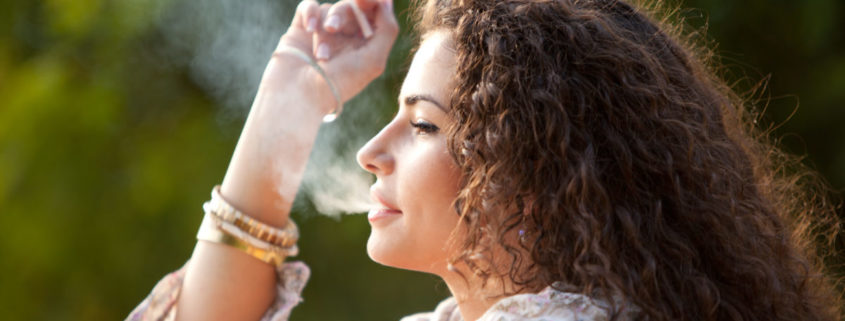Secondhand Smoke: Risks and Avoidance
At Family Health Services, we’re proud to provide care for both mothers and new children within our obstetrics and gynecology fields. We want to do everything we can to help you birth and raise a healthy child.
One important area for all new parents is the avoidance of secondhand smoke in infants and all children. Here are some basics to know on secondhand smoke, including how to reduce the risk of exposure for you and your child.
Secondhand Smoke Basics
Also called environmental tobacco smoke, secondhand smoke is any smoke from a burning tobacco product, plus any smoke exhaled by a smoker. In a startling figure, it’s estimated that 60 percent of children between ages 3 and 11 are exposed to secondhand smoke.
Secondhand smoke is an issue due to the number of chemicals present in cigarette smoke – over 4,000 in total, with over 50 known cancer-causing agents among them. Smoke remains in rooms long after smokers have left, settling on surfaces. Not only can the chemicals cause cancer, they can lead to lung issues, ear infections, sleep disorders and more. Secondhand smoke also puts both mothers and children at risk of complications during pregnancy and birth.
Reducing Exposure Chances
If you’re a smoker, take all precautions necessary to avoid smoking or vaping in your home. If you must do so, only use rooms with windows and try to avoid areas where your children are often present. As an additional precaution, consider using a fan to help move smoke out of the room. Never smoke with your child in the car – many states actually make doing so completely illegal, and with good reason. Chemicals from the smoke can stay in the air in your car even after you’re done smoking, even hours later.
For more on the dangers of secondhand smoke, or to learn about any of our health services, speak to the caregivers at Family Health Services today.



